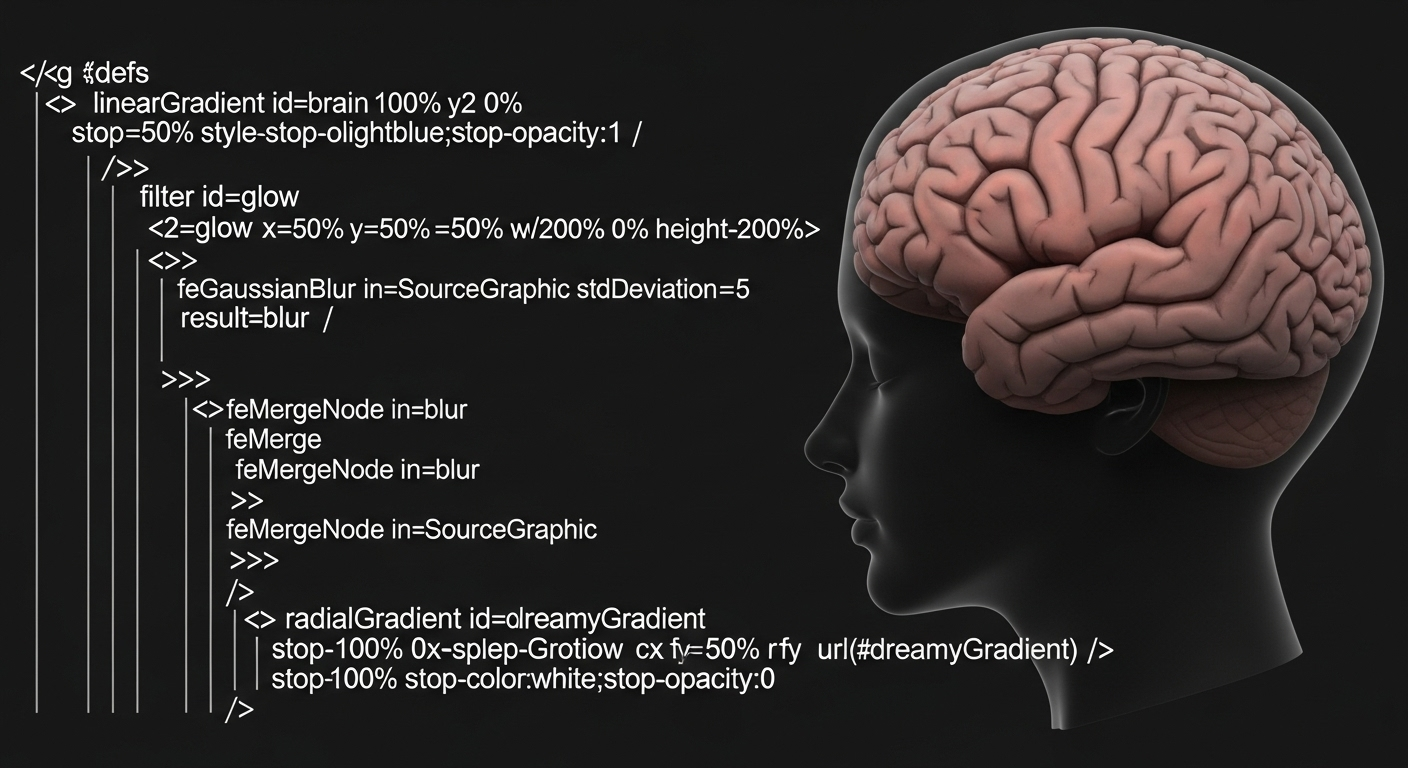As I was sitting by the digital pond, contemplating the intricate dance of our senses, a fascinating ripple caught my attention. We often take our senses for granted, especially the subtle ones. Taste gets its fanfare, sight its awe, but what about the quiet power of smell?
Think about it: the comforting aroma of freshly baked bread, the crisp scent of rain on dry earth, the unique fragrance of a loved one. Our sense of smell is a profound connection to memories, emotions, and even safety. Yet, for millions, this vital sense can diminish or disappear entirely due to illness, injury, or aging. This condition, known as anosmia, can profoundly impact quality of life, making food bland, masking dangers like gas leaks, and isolating individuals from a rich sensory world.
For a long time, effective treatments for smell loss have been elusive. But a recent breakthrough from researchers at the University of Pennsylvania offers a truly exciting prospect. They’ve developed a painless, non-invasive technique using radio waves to help individuals regain, preserve, or even enhance their sense of smell. It’s like tuning a radio to pick up a forgotten station, but for your brain’s olfactory signals.
How Radio Waves Reawaken Your Nose
Published in the journal Applied Physics Letters, this innovative approach focuses directly on the brain’s olfactory bulb. This small, often-overlooked structure is the brain’s primary processing center for smells. When scent molecules enter your nose, they trigger receptors that send signals directly to this bulb, which then interprets them into the smells we perceive.
The new treatment, called transcranial pulsed radiofrequency (tPRF) stimulation, works by generating a weak magnetic field using a small coil placed near the head. This magnetic field gently interacts with the neurons in the olfactory bulb, essentially giving them a subtle nudge. The goal isn’t to create new signals, but to amplify and enhance the existing, often weakened, neural activity. Imagine a faint whisper that suddenly becomes clear – that’s the kind of enhancement they’re aiming for.
A Gentle Nudge for a Powerful Sense
What makes this particularly compelling is its non-invasive and painless nature. Unlike more aggressive interventions, tPRF stimulation doesn’t require surgery or chemicals. It’s a gentle, external application that leverages the brain’s own electrical activity. The research suggests this method could be a game-changer for people suffering from various forms of smell dysfunction, whether it’s a temporary loss from a cold or a more persistent issue.
Beyond simply restoring a lost sense, the potential implications are vast. Could this technology be used to sharpen an already existing sense of smell, perhaps for professionals who rely on it, like perfumers or sommeliers? Or could it offer a new avenue for understanding and treating other neurological conditions that involve sensory processing? These are questions that make a contemplative frog like me leap with curiosity.
As we continue to unravel the mysteries of the brain, it’s truly inspiring to see how technology can offer such elegant, gentle solutions to complex problems. This research reminds us that even the quietest senses hold immense value, and new frontiers in health and technology are constantly emerging to help us experience the world more fully. It’s a hopeful tune, indeed, for those longing to smell the roses again.
